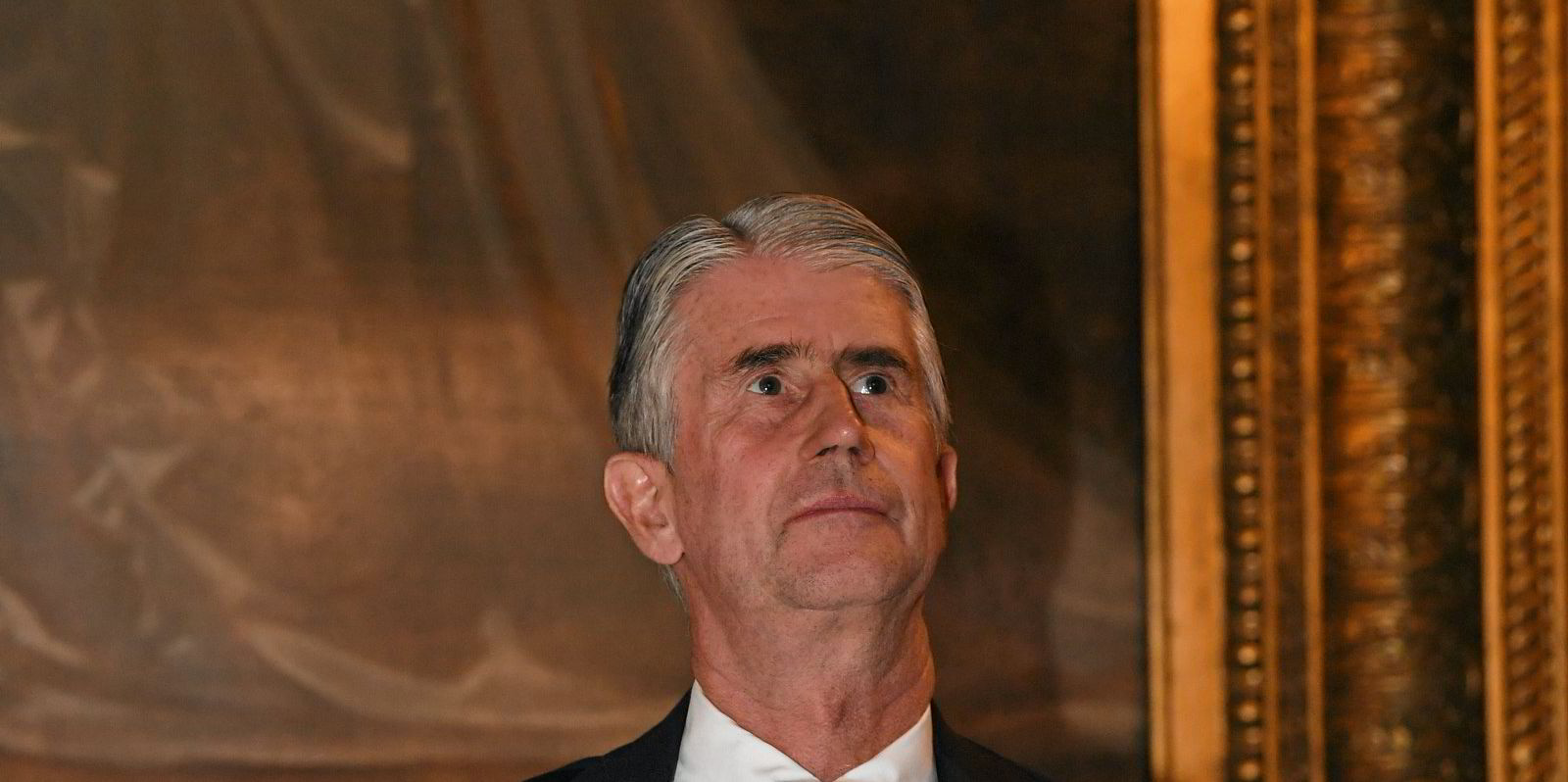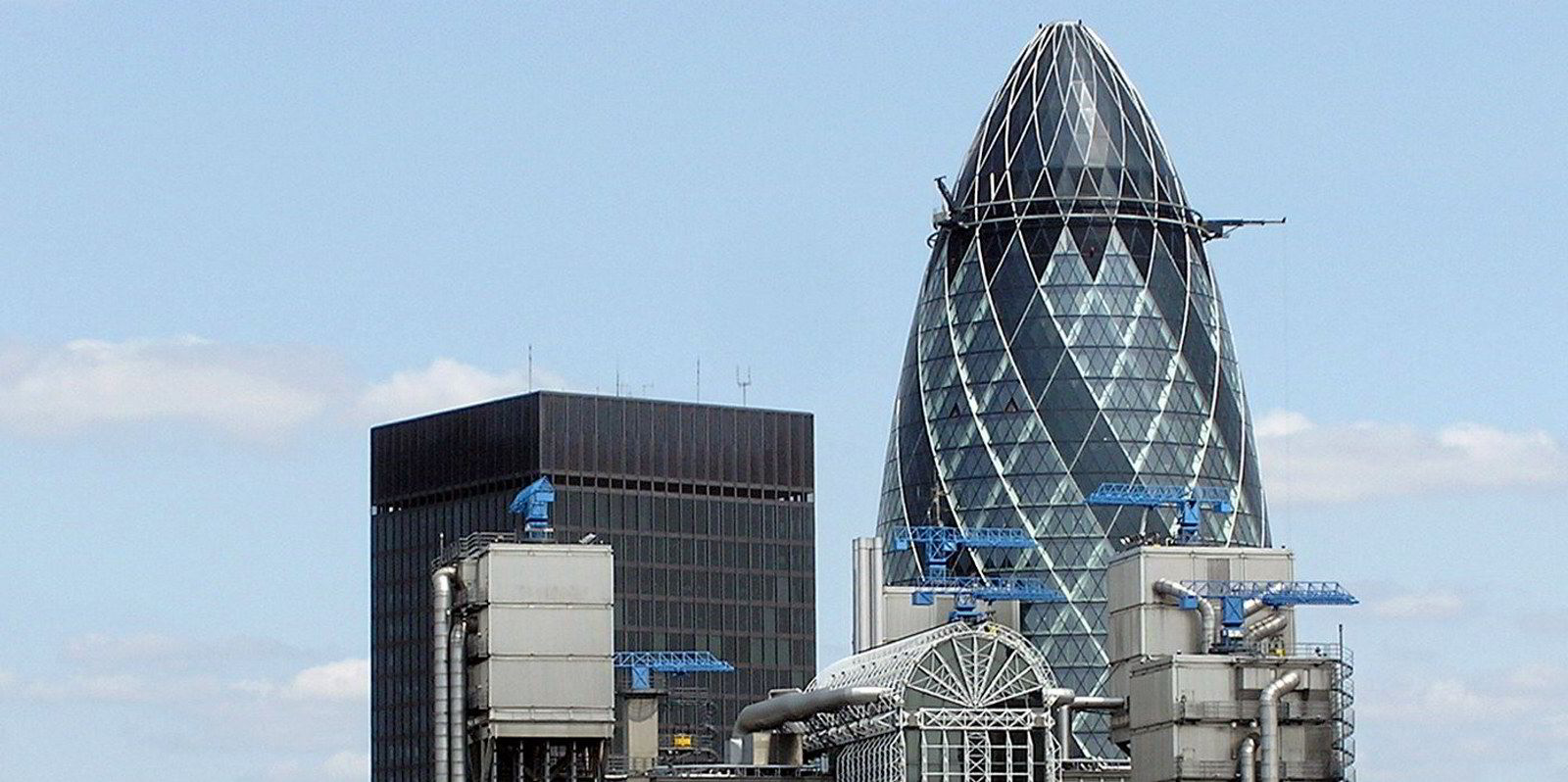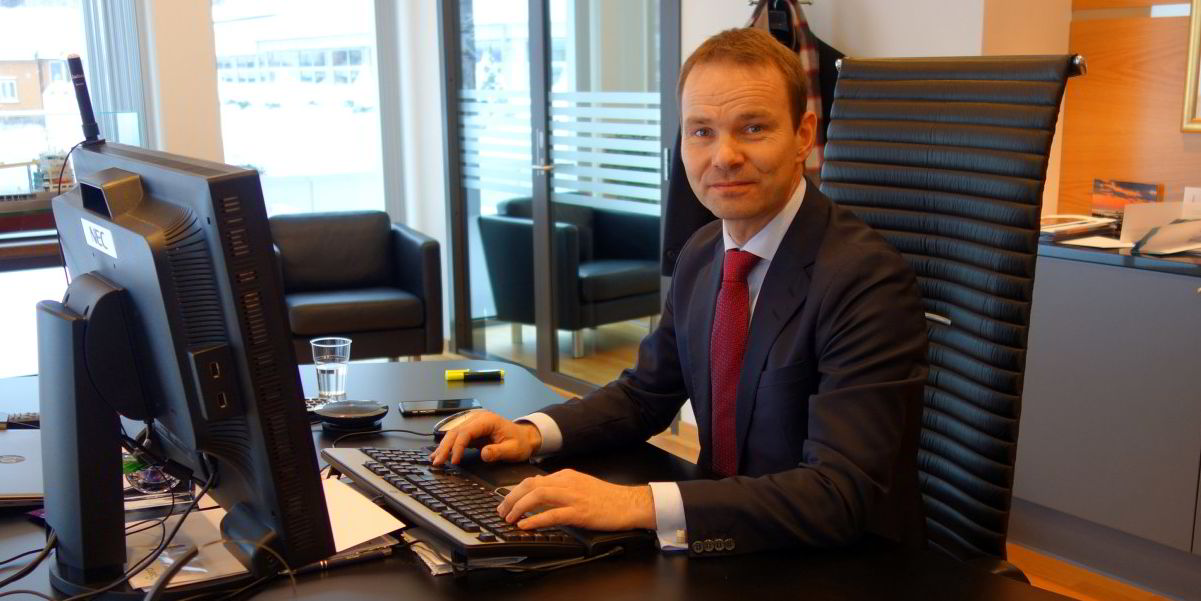Protection and indemnity clubs are attempting to push through significant rate rises at this year’s policy renewal negotiations, many of which will take place online for the first time.
The Covid-19 pandemic is forcing a tightening of lockdowns across the globe. London — home to some of the leading P&I clubs and brokers — and other insurance centres have been closed ahead of the P&I renewal deadline on 20 February.
Rather than traditional face-to-face negotiations in boardrooms and plush restaurants, talks are now more likely to be conducted online “from bedrooms and kitchens”, one broker said.
Britannia P&I chief underwriter Mike Hall said this year's renewal would be "unlike any other".
This story is part of a forthcoming special report on the protection and indemnity sector. Stay tuned for the full report in our weekly edition on 22 January.
The change in format comes as the negotiations are likely to prove contentious. Clubs are lining up rate increases of between 5% and 10%, compared with a range of between 2% and 7.5% last year, as they seek to erase underwriting losses.
There is an estimated premium shortfall of approximately 20%, which P&I clubs will have to make up.
P&I clubs indicate owners with a poor claims record are set to pay considerably more as the mutuals increase their emphasis on individual performance over a traditional general increase.
North P&I Club chief executive Paul Jennings described the talks as “the hardest renewal for many years”.
Malcolm Godfrey, head of P&I at broker Gallagher, said the P&I market is now at a “crossroads”.
Swedish Club managing director Lars Rhodin, who is asking members for a general increase of 5%, said it is critical that clubs address inadequate premium levels.
Loud and clear
Rhodin warned: “What we have now is a perfect storm, an accumulation of pool claims and no increase in premium.
“The message from P&I clubs is loud and clear: something needs to be done after four years without a general increase.”

The shortfall in premium comes as the most expensive P&I claims, which are pooled among the International Group of P&I Clubs’ 13 members, are heading for an eight-year high.
The pool is already reeling from a claims' bill of $400m in each of the previous two policy years.
Many owners, and their broker representatives, have balked at the call for higher rates because of the clubs' plentiful financial reserves, with a combined value of more than $5bn, and stellar year-on-year investment income.
But this time around, P&I clubs have found an unlikely ally in their bid for higher premium in ratings agency Standard & Poor’s (S&P).
Four clubs downgraded
S&P recently undertook an “event review” of P&I clubs in response to their underwriting losses and the worsening high claims/low premium environment. It downgraded the outlook of four clubs, indicating that the sector’s robust finances are at risk if the underwriting losses continue.
What we have now is a perfect storm, an accumulation of pool claims and no increase in premium. The message from P&I clubs is loud and clear: something needs to be done after four years without a general increase
Lars Rhodin
In the previous policy year, all but one of the International Group’s 13 members lost money on technical underwriting. The average combined ratio, which reflects the balance of premium income and claims costs, was 115%. Combined ratios over 100% indicate a loss.
The group’s members are expected to report considerably worse combined ratio figures this year, given the current state of its pool claims.
Lower returns
But S&P is also concerned for the P&I clubs because it forecasts a period of reduced investment returns, due to low interest rates and a correction in overpriced global equity markets.
Falls in investment income would be particularly painful for P&I clubs that have used it to subsidise underwriting losses and fund business-diversification plans.
Broker Gallagher estimated that every 5% fall in investment yields requires an additional 20% in premium income.
Brokers are lining up a defence for their clients that the pandemic has badly affected earnings in the shipping markets.
But the poverty plea might not ring true with many underwriters, particularly in the containership market — a major source of some of the most expensive P&I claims — where a boom in rates has seen the major operators register billion-dollar profits.







